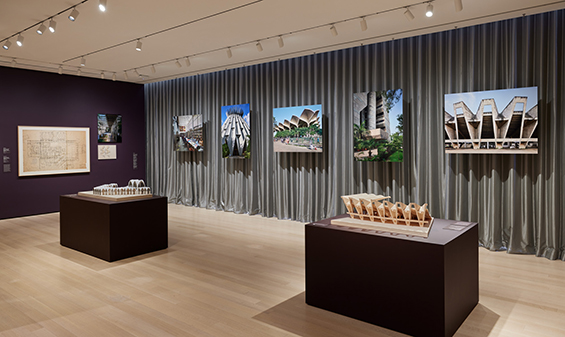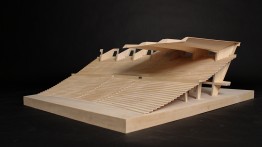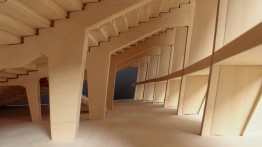Models from MoMA
Mon, Aug 29, 2022 12pm - Sun, Sep 11, 2022 6pm
This display, located in the Third Floor Lobby, showcases six architectural models made by Cooper Union School of Architecture students for The Project of Independence: Architectures of Decolonization in South Asia, 1947–1985, an exhibition held at the Museum of Modern Art (MoMA) from February 20 – July 2, 2022. The show highlighted the work of architects from what is now India, Pakistan, Bangladesh, and Sri Lanka after British rule ended in 1947–48. The model-building enterprise, which followed a similar collaboration in 2018 for MoMA’s Toward a Concrete Utopia exhibition, was part of a hybrid course on modern architecture in South Asia taught by James Lowder, assistant professor of architecture, in the spring of 2020.
Open to students, faculty, and staff.

Located at 7 East 7th Street, between Third and Fourth Avenues






